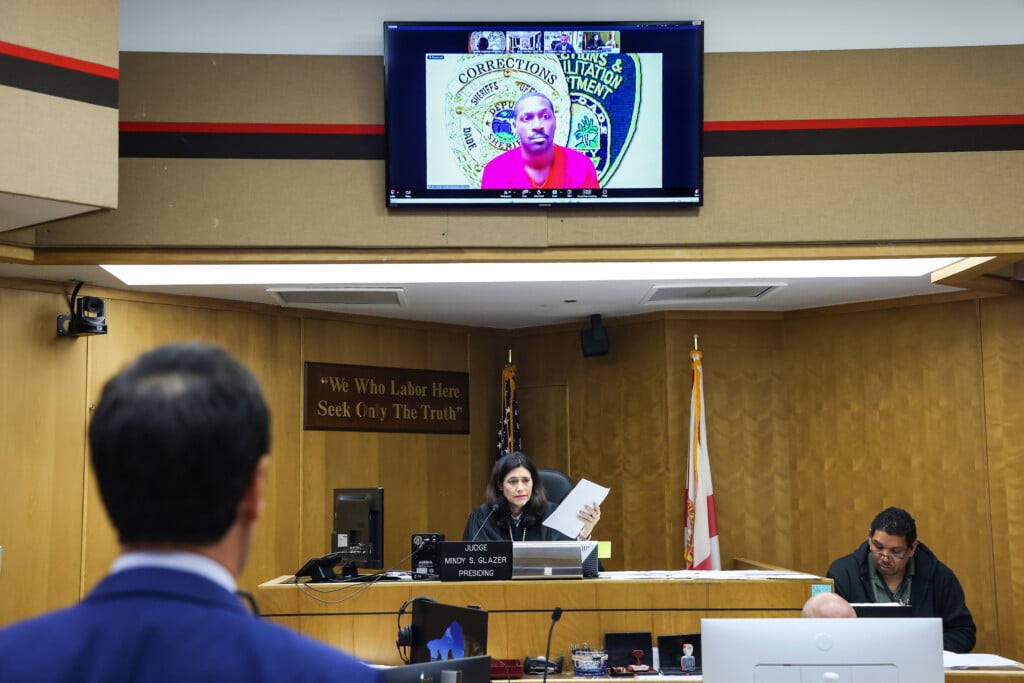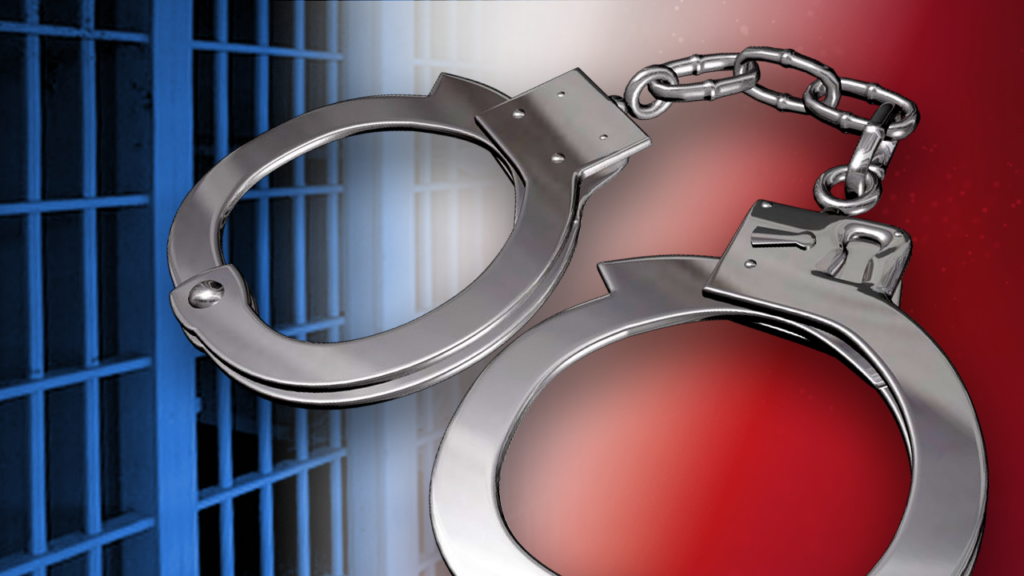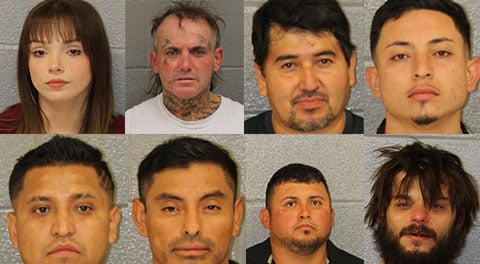San Bernardino, California (CNN) — The San Bernardino massacre shooters had extensive amounts of ammunition and in their home at the time they were killed in a shootout with police, the city’s police chief said Thursday.
San Bernardino Police Chief Jarrod Burguan said that Syed Rizwan Farook and his wife, Tashfeen Malik, fired between 65 and 75 rifle rounds during the shooting at a county health department holiday party, then unloaded about that number in a later confrontation with police.
Fourteen died in the holiday party carnage and 21 more were wounded, according to Burguan. He said two police officers suffered injuries in the subsequent shootout.
Authorities later found thousands more rounds of ammunition at the couple’s residence, 12 pipe bombs and hundreds of tools that “could be used to construct IEDs or pipe bombs,” the chief said.
Burguan said “we still don’t have a motive,” but speculated that the couple may have been planning more carnage.
“They were equipped … and they could have done another attack,” the chief said.
[Original story posted at 12:40 p.m. ET]
Syed Rizwan Farook — one-half of the couple behind the San Bernardino shooting massacre — was apparently radicalized and in touch with people being investigated by the FBI for international terrorism, law enforcement officials said Thursday.
Farook’s apparent radicalization contributed to his role in the mass shooting, with his wife Tashfeen Malik, of 14 people Wednesday during a holiday party for the San Bernardino County health department, where Farook worked, sources said.
Still, it wasn’t necessarily the only driver behind the carnage, as workplace grievances may have also played a role. President Barack Obama hinted as much Thursday when he said that the attackers may have had “mixed motives.”
Farook traveled to Saudi Arabia for several weeks in 2013 on the Hajj, the annual pilgrimage to Mecca that Muslims are required to take at least once in their lifetime, which didn’t raise red flags, said two government officials. It was during this trip that he met Malik, a native of Pakistan who came to the United States on a “fiancée visa” and later became a lawful permanent resident.
Officials had previously said that neither Farook and Malik were known to the FBI or on a list of potentially radicalized people. Nor had they had any known interactions with police until Wednesday’s deadly shootout that culminated in their deaths.
Yet Farook himself had communicated by phone and via social media with more than one person being investigated for terrorism, law enforcement officials said. A separate U.S. government official said the 28-year-old has “overseas communications and associations.”
As to what role those all played in the San Bernardino carnage, the official acknowledged, ” We don’t know yet what they mean.”
Chief: Shooter left party under ‘angry’ circumstances
The nightmare began at Wednesday’s holiday party, where San Bernardino’s police chief said that Farook left abruptly “under circumstances that were described as angry.”
He returned with his wife dressed in “dark kind of tactical gear” and heavily armed — each with a semi-automatic rifle and a handgun. And they opened fire.
The couple then led police on a chase, with Farook firing while Malik drove, that ended with their deaths in a hail of bullets.
They left behind an avalanche of pain. San Bernardino Mayor Carey Davis saw it in the eyes of relatives of those killed, whose bodies were still in the Inland Regional Center early Thursday, according to county sheriff’s spokesman Deon Filer.
Davis told CNN, “The desperation and despair that they feel, we feel that for them also.”
Ten people were still hospitalized Thursday morning, split evenly between Arrowhead Regional Medical Center and Loma Linda University Medical Center. The Loma Linda hospital CEO, Kerry Heinrich, said two of the victims there were in critical condition.
Police have not released the names of those who died.
Once again after a mass shooting, Obama appealed Thursday for something to be done to prevent more heartache.
“Right now, it’s too easy,” he said. “We’re going to have to search ourselves as a society … to take basic steps that would make it harder — not impossible, but harder — to let individuals get access to weapons.”







